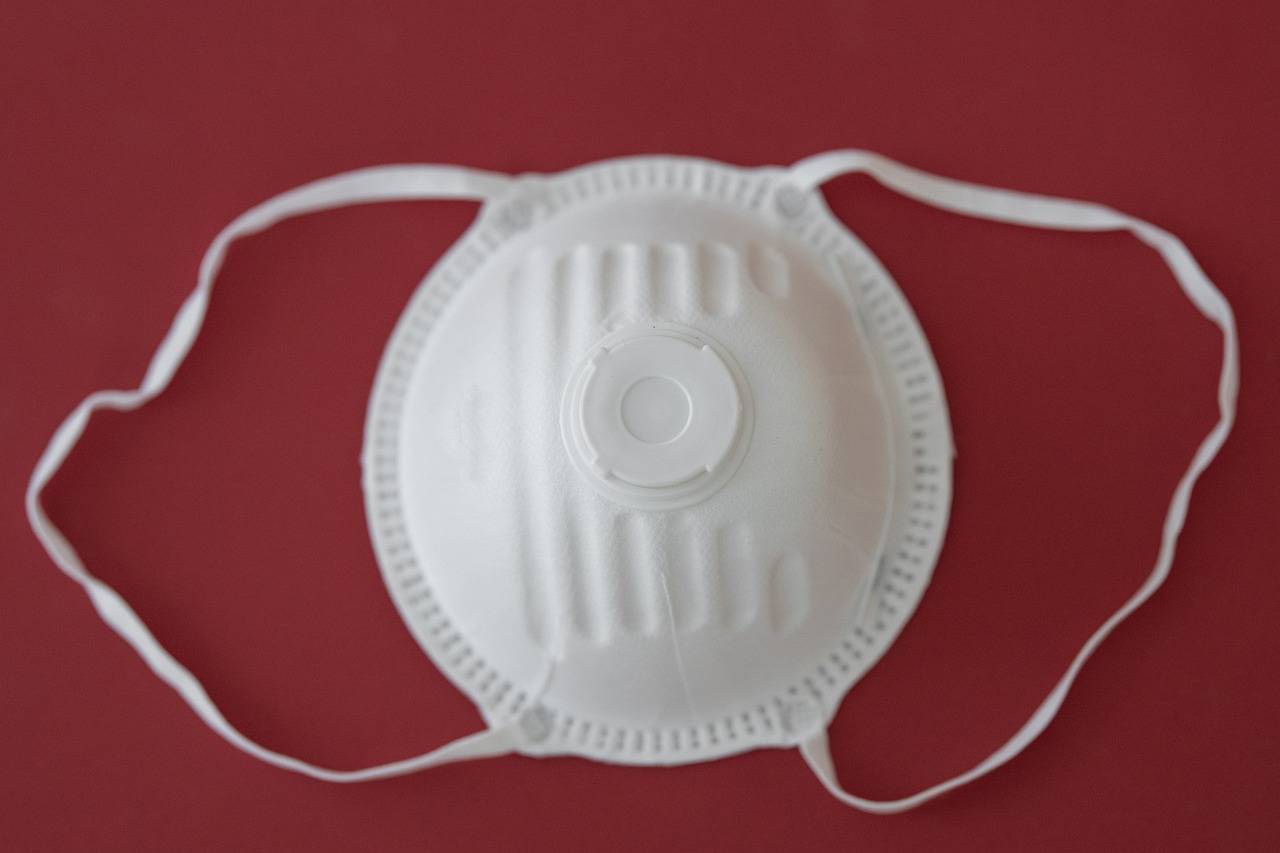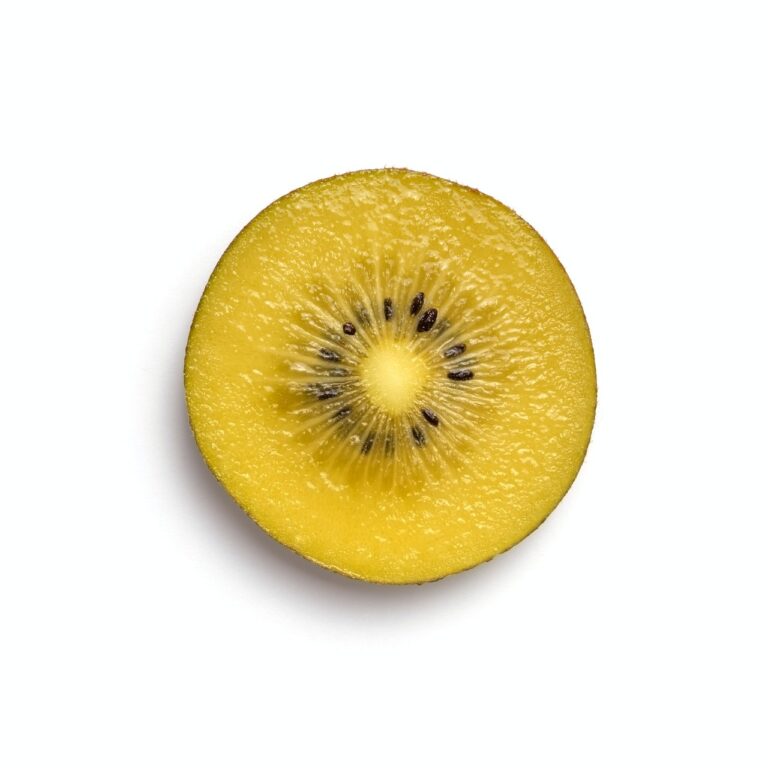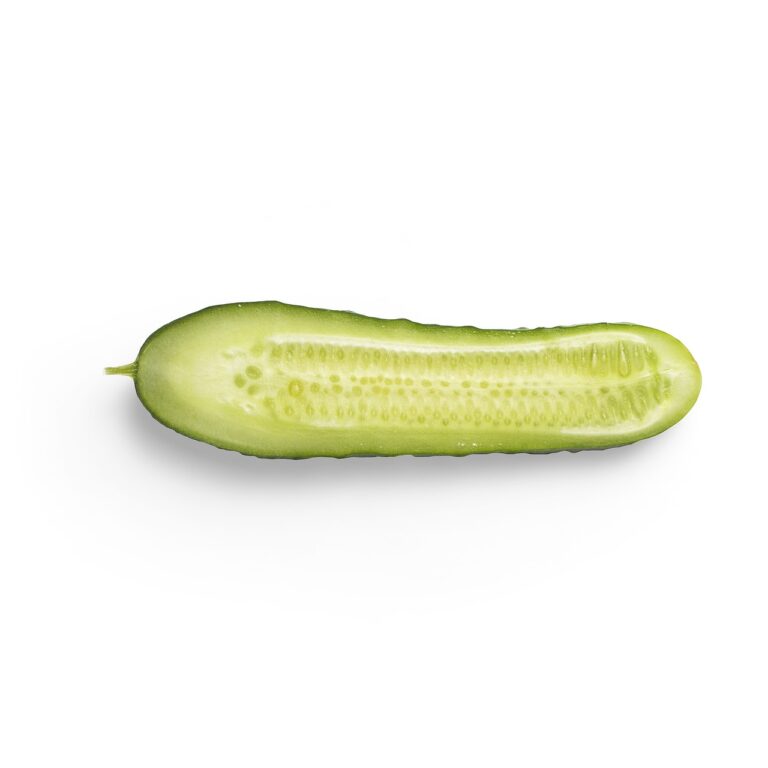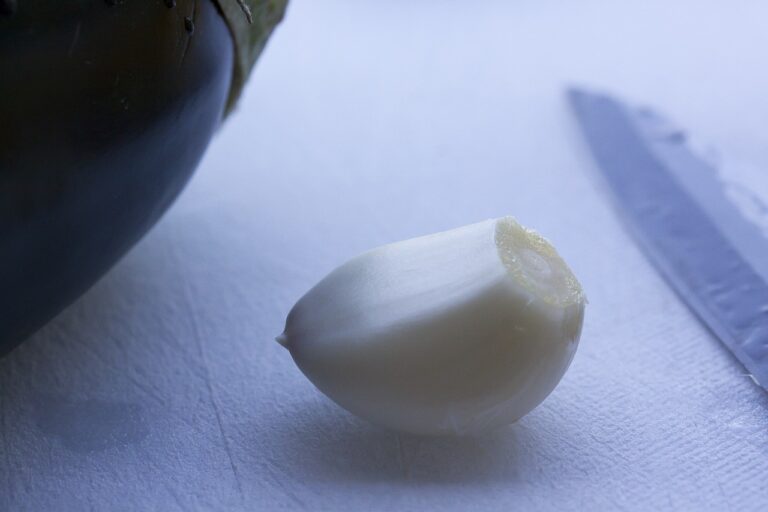Biomimicry in Healthcare: Drawing Inspiration from Nature
Biomimicry is a term derived from the Greek words “bios,” meaning life, and “mimesis,” meaning to imitate. In essence, it is the practice of drawing inspiration from nature’s designs, processes, and systems to solve human challenges and innovate in various fields such as technology, engineering, and healthcare. By emulating nature’s efficiency and resilience, biomimicry aims to create sustainable and innovative solutions that can benefit both society and the environment.
When incorporating biomimicry into various industries, designers and engineers analyze how living organisms have adapted and evolved over millions of years to thrive in their environments. By understanding and mimicking these profound biological strategies, researchers can develop efficient products, materials, and technologies that are not only sustainable but also have the potential to revolutionize the way we approach problem-solving.
How Nature Inspires Healthcare Innovations
Nature has long been a source of inspiration for healthcare innovations, with its intricate designs and efficient processes offering valuable insights for medical advancements. By observing how organisms adapt to their environments and overcome challenges, researchers have been able to develop new technologies that mimic natural biological systems.
One example of nature-inspired healthcare innovation is the development of biomimetic materials for medical devices. By studying how animals and plants have evolved to perform specific functions, scientists have been able to create materials that are not only biocompatible but also exhibit properties such as self-healing and bioactive capabilities. These biomimetic materials have the potential to revolutionize the field of medicine by providing safer and more effective solutions for patient care.
Examples of Biomimicry in Medical Devices
Medical devices inspired by nature have revolutionized the healthcare industry by mimicking the efficiency and adaptability of biological systems. One such example is the design of needleless injectors, inspired by the structure of mosquito proboscis, which allows for painless injections without the use of traditional needles. This innovation not only reduces the fear and discomfort associated with injections but also minimizes the risk of needle-related injuries and infections.
Another remarkable example of biomimicry in medical devices is the development of gecko-like adhesives used in surgical instruments. By studying the unique adhesive properties of gecko feet, researchers have created adhesives that allow for strong and precise gripping on a variety of surfaces without leaving any residue behind. This technology has transformed surgical procedures by enabling better control and dexterity during delicate operations, ultimately improving patient outcomes and recovery times.





